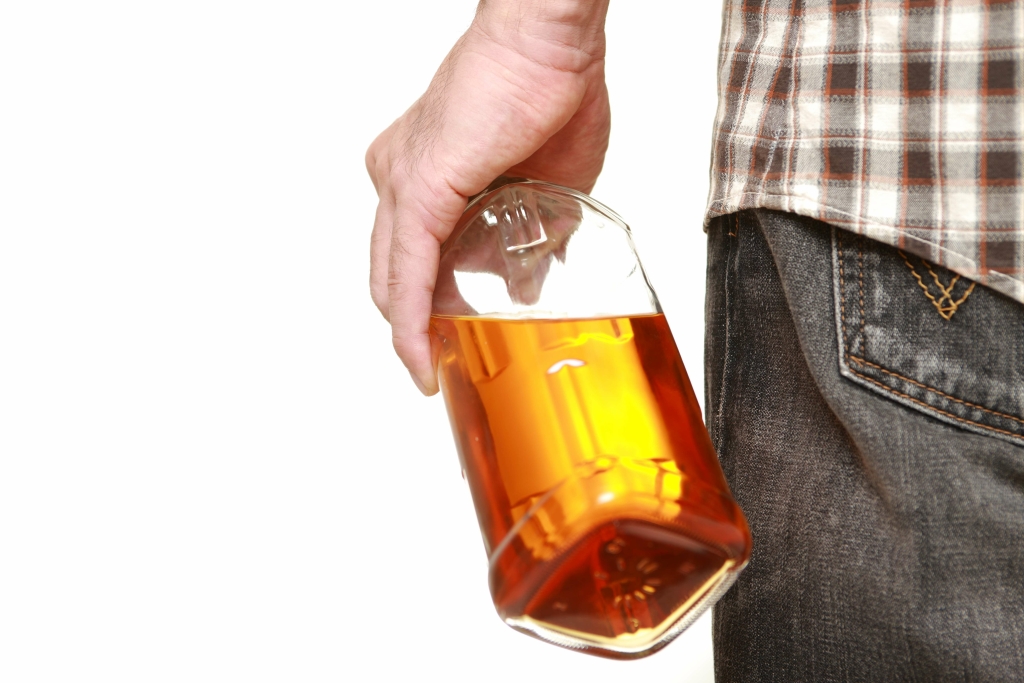They often reflect changes in a person’s typical behavior or demeanor due to their growing dependence on ethanol. The production and consumption of ethanol, primarily in the form of alcoholic beverages, dates back to ancient times. Archeological evidence suggests that the earliest production of alcohol from fermented grains took place in what is now China around 7000–6600 BC. Similarly, traces of a fermented beverage from rice, honey, and fruit have been found in a 9000-year-old Chinese pottery jar. Many communities have programs that meet frequently that may be helpful for some people. Alcohol use disorder (AUD) Alcoholics Anonymous is a medical condition in which a person continues to consume alcohol despite the adverse consequences.
Alcohol Use Disorder
If your provider suspects that you have a problem with alcohol, you may be referred to a mental health provider. Chronic alcohol abuse can also lead to long-term changes in the brain, leading to addiction and other negative consequences. Studies show most people with this condition recover, meaning they reduce how much they drink, or stop drinking altogether. They may start drinking to cope with stressful events like losing a job, going through a divorce, or dealing with a death in their family or a close friend. Talk to your healthcare provider if you’re under stress and think you may be at risk for relapse.

How is alcohol use disorder diagnosed?
Matching the right therapy to the individual is important to its success. It may also be helpful to determine whether the treatment will be adapted to meet changing needs as they arise. Currently, there are three medications approved for AUD in the United States, and they are an effective and important aid in the treatment of people with this condition. Some people are surprised to learn that there are medications on the market approved to treat AUD.
Can ETOH abuse be treated?
Cirrhosis of the liver is probably the most well-known effect, but pancreatitis, digestive issues, increased risk of cancer, and neurological problems are also common. More commonly known as methyl alcohol or methanol, paint thinners and removers often include this alcohol. Whether beer or moonshine, when you’re drinking an “adult beverage,” you’re actually drinking ETOH. Prevention is also a key aspect of managing ethanol abuse on a broader scale. Recognizing the signs of ethanol abuse is crucial for early intervention. These signs can be broken down into behavioral and physical categories.
- Your risk of developing an alcohol use disorder (AUD) depends on how much, how often, and how quickly you drink alcohol.
- AUD refers to what is colloquially known as alcoholism, which is a term that the DSM-5 no longer uses.
- The goals of treatment are typically to reduce excessive drinking and manage any underlying psychological or medical issues that may be contributing to the problem.
- If you have a history of withdrawal symptoms, see a health professional before quitting.
Social and Environmental Factors
Ethanol, also known as grain alcohol, is regulated by the FDA as generally recognized as safe (GRAS) for those who consume alcohol. Ethanol is commonly found in alcoholic beverages such as beer, wine, and spirits, but it also serves as a solvent in various industries, a fuel additive, and a disinfectant. Additionally, ethanol plays a significant ETOH abuse role in alcohol metabolism.
The ETOH abbreviation also plays a pivotal role in discussions related to Blood Alcohol Concentration (BAC). BAC refers to the amount of alcohol present in an individual’s bloodstream. It is typically expressed as a percentage, with 0.08% being the legal limit for driving in many jurisdictions.
- In its most severe form, alcohol withdrawal can be life-threatening.
- You’ll soon start receiving the latest Mayo Clinic health information you requested in your inbox.
- Unhealthy alcohol use includes any alcohol use that puts your health or safety at risk or causes other alcohol-related problems.
My compassion, resilience, empathy, wisdom, knowledge, experience and love I have for this forgotten population goes beyond words. I consider what I do for the addicted population as a calling versus a “career,” because I too was once an “addict and alcoholic.” Today I am 45.5 years alcohol and https://support.topithelp.com/alcoholism-life-expectancy-how-long-do-alcoholics-5/ substance free. Growing up in Louisiana with addiction running rampant on both sides of my family. A life away from drugs and alcohol seemed impossible for someone like me.
Get Connected to a Top-Rated Alcoholism Treatment Center

Additionally, consider joining support groups like Al-Anon for guidance. Celebrate progress, no matter how small, and remain supportive throughout the process. If these symptoms resonate with you or a loved one, it’s essential to seek help from a reputable Addiction Treatment Center in Boston to prevent further harm. Patrick has tremendous empathy and compassion for the recovery community, being in recovery himself since 2018. Patrick is uniquely qualified to be helpful because of the specific combination of his academic background and his own experience in recovery.
